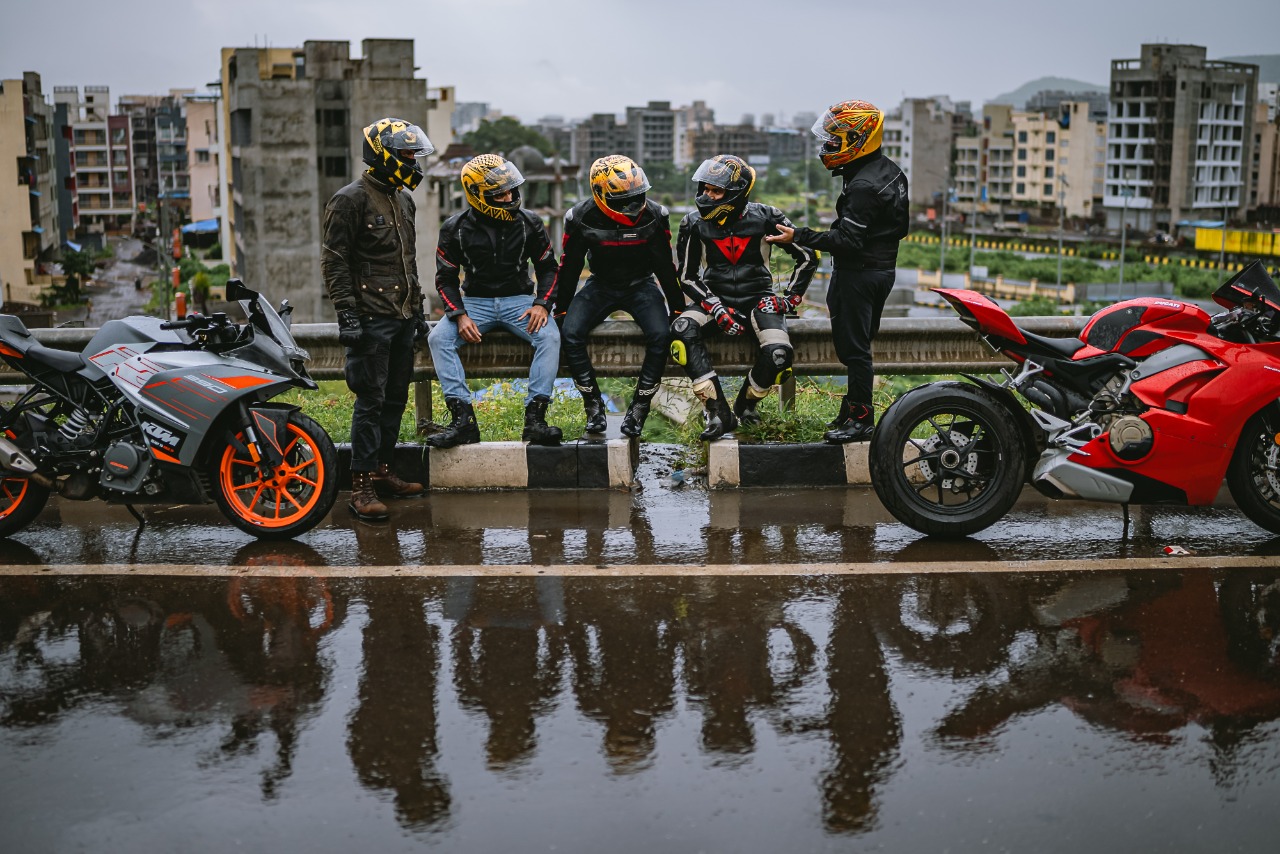With her new venture Tiivra, Alpana Parida intends to challenge the conventional wisdom that gut instincts drive the best marketing initiatives.
Alpana Parida wants to break barriers in the corporate world and make an impact in the business of helmets. There i1s no slowing down as she senses a massive opportunity with rising demand for high-speed two-wheelers, riding on younger demographics, higher incomes and better roads.
With her new venture Tiivra (meaning fast, intense and sharp), Alpana intends to challenge the conventional wisdom that gut instincts drive the best marketing initiatives. Instead, she has opted to rely on her years of work in the field to understand the gap between brands and young Indian men. Parida said the thought came while doing a study for Pepsi on India’s young men; she calls it a lost generation which does not have any role models. “Many brands talk to young women about how they can be different from their mother’s generation, but almost none talk to the young men about how they can be different from their father’s generation. While the older masculine code was about being the provider and protector, there is an emerging code of being the companion and the collaborator. I wanted to get into a young person’s narrative and do something.”
Tiivra is her endeavour to bridge this gap through building a rider-centric, community-based solutions ecosystem. “To start with, I am looking at composite fibre helmets. It is a new generation product that can change the market like smartphones when they hit the market.” Approximately, three crore helmets are sold in India every year, but the bulk of these are made of ABS plastics and all kinds of polycarbonates.

Tiivra believes that while the ISI standards are great, they are sometimes inadequate for the more powerful bikes. “100% per cent of race riders use composite fibre helmets, which perform significantly better than the plastic ones. Tiivra believes that the riders on more powerful bikes tend to go faster and need better protection,” says Parida. She is an IIM-A alumnus, has worn many hats in a glorious career spanning over three decades – working for multinationals and Indian companies – across leadership roles. Presently, she is on the board of companies such as Nykaa and Nestle.
Tiivra helmets exceed ISI, ECE (Europe) and DOT (US) standards, in sync with the export opportunity it seeks to ride upon.
India is the world’s largest market for two-wheelers, with more than 200 million in operation at the end of 2019. And then, it is also home to one of the world’s largest and most competitive two-wheeler helmet manufacturing industries, with a current capacity of over 38 million helmets per year. Market revenue for 2020-21 was estimated at over $200 million. India is also a prominent helmet exporter to countries in Africa and South Asia. However, the composite helmets are imported, making them a lucrative segment.
According to her, the entry barriers are brand appeal, access to technology, the ability
So, while building an appealing brand ranks high on Tiivra’s agenda, it certainly doesn’t intend to take its eyes off managing costs for a price-sensitive market like India.
Parida says Tiivra will be launching composite (glass and carbon) fibre helmets against the plastic ones, which dominate the market. The composite fibre variants in India are mostly imported and come with a hefty price tag (upwards of Rs 20,000). She intends to lower the price tag and make it Rs 12,000 -15000 per helmet.
“I am looking at the 150 CC upward market, and that is the market which will seek my products. That is the segment that is not looking for cheap products; they are looking for value. I am looking at selling around 25,000-40,000 helmets in the first year of launch, which is an achievable target with a revenue of Rs 30-40 crore,” says Parida.
But where will she find the most engaged riders who will buy her products? Parida says she has been in touch with various biking and riders’ groups. And then she will launch her next big one, a riding-based show for bikers on the Discovery channel.
Probably, that would be the best way to network and ride full throttle.

